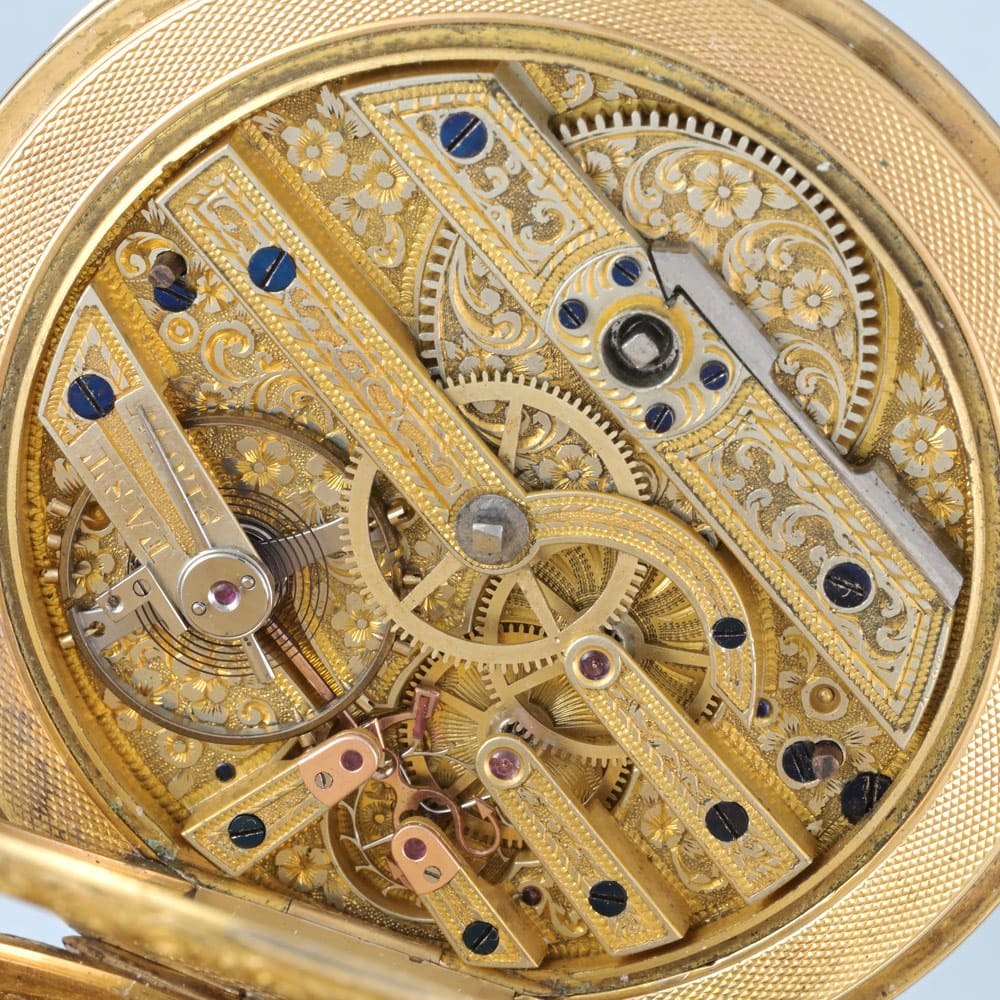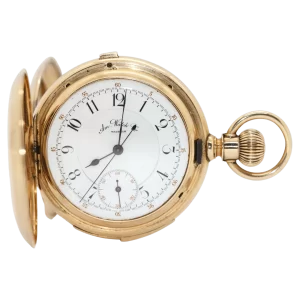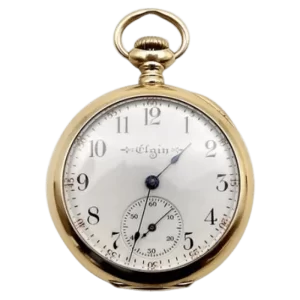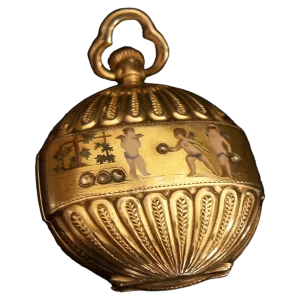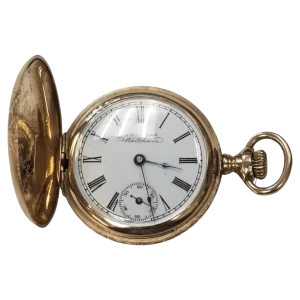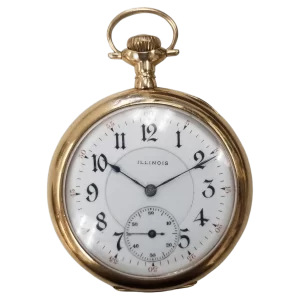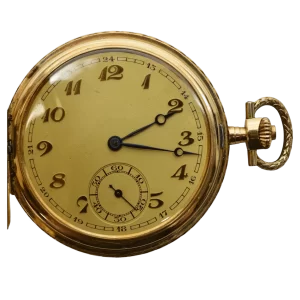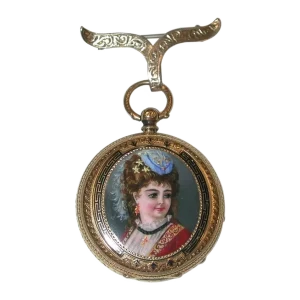Pocket watches have been a symbol of elegance and precise timekeeping for centuries. The intricate mechanics and craftsmanship of these timepieces have captivated watch enthusiasts and collectors alike. One of the most vital components of a pocket watch is the escapement, which is responsible for regulating the movement of the watch and ensuring accurate timekeeping. Escapements have evolved over time, and today there are several different types used in pocket watches. Understanding the various escapement types is crucial for anyone looking to delve deeper into the world of pocket watch collecting or to simply appreciate the inner workings of these remarkable timepieces. In this article, we will explore the history, function, and distinguishing features of the different escapement types in pocket watches. By the end, readers will have a comprehensive understanding of the escapement and its role in the intricate mechanism of a pocket watch. So, whether you are an avid collector or simply curious about the inner workings of these time-honored accessories, read on to discover the various escapement types in pocket watches and the rich history behind them.
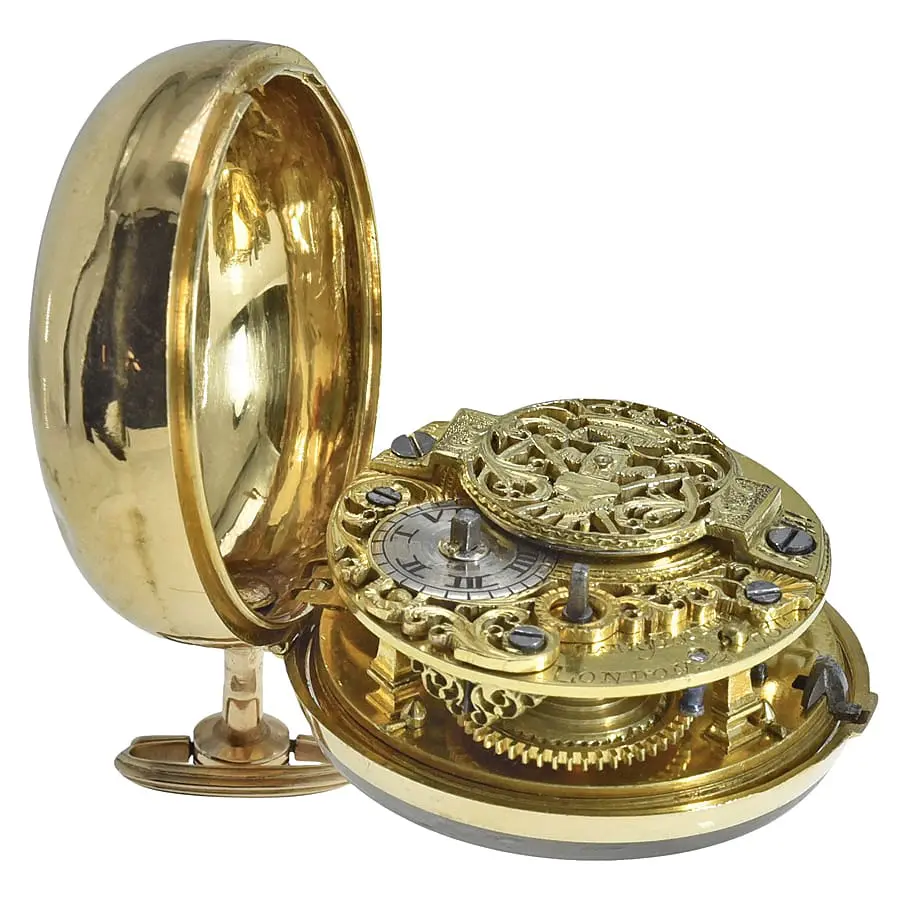
Escapement types are important for accuracy.
In the world of pocket watches, the choice of escapement type plays a pivotal role in ensuring accurate timekeeping. The escapement is essentially the mechanism responsible for regulating the release of energy from the mainspring and translating it into precise, measured movements of the watch’s hands. Different escapement types, such as the lever escapement, the cylinder escapement, and the duplex escapement, offer varying degrees of reliability and accuracy. The selection of the appropriate escapement type for a pocket watch requires careful consideration of factors such as durability, efficiency, and ease of maintenance. Ultimately, understanding and appreciating the intricacies of the different escapement types is crucial for watchmakers and collectors alike, as it directly impacts the timekeeping performance and overall value of these timeless timepieces.
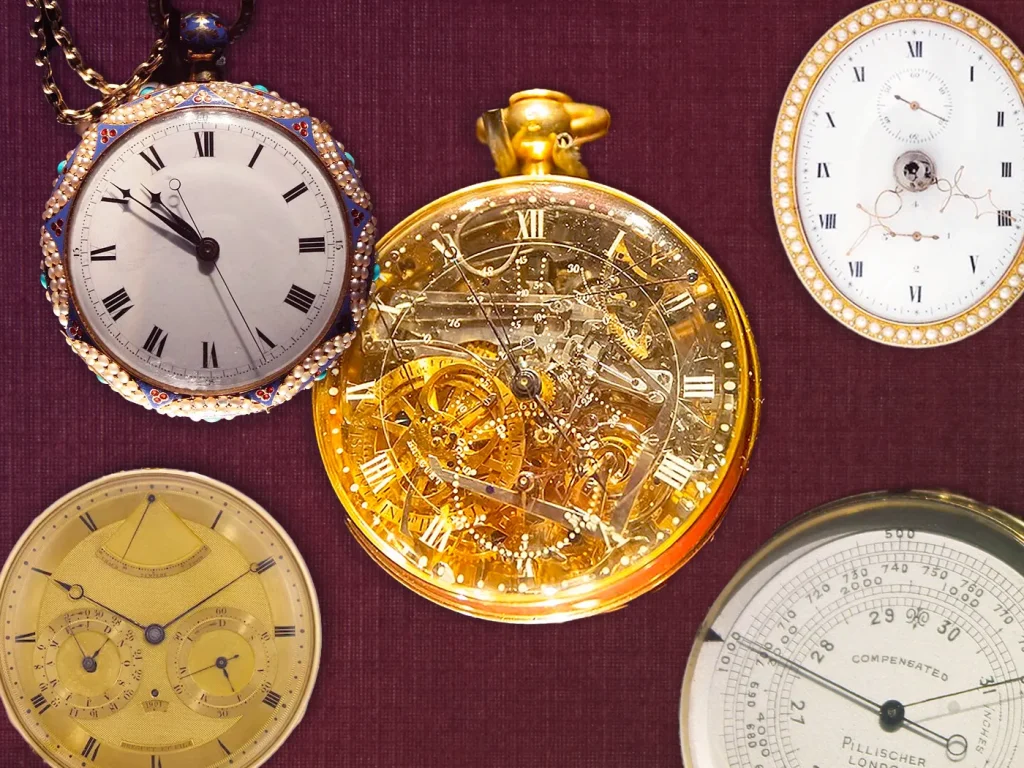
Lever escapement is most common.
The lever escapement stands out as the most prevalent escapement type utilized in pocket watches. Renowned for its reliability and accuracy, the lever escapement has become the go-to choice for watchmakers around the world. Its design consists of a lever interacting with an escape wheel, controlled by the balance wheel and hairspring. This arrangement allows for the efficient transfer of energy from the mainspring to the balance wheel, resulting in precise and consistent timekeeping. The lever escapement’s popularity can be attributed to its robustness, ease of maintenance, and ability to withstand the rigors of daily use. Its widespread adoption underscores its status as a reliable and dependable choice for achieving accurate timekeeping in pocket watches.

Cylinder escapement is simple yet delicate.
The cylinder escapement, another notable escapement type found in pocket watches, is characterized by its simplicity and delicate construction. Unlike the lever escapement, which utilizes a lever and escape wheel, the cylinder escapement features a cylinder-shaped component that interacts with the escape wheel. This design allows for the controlled release of energy, enabling the watch to function. While the cylinder escapement may lack the complexity of other escapement types, its delicate nature requires precise craftsmanship during manufacturing and servicing. The cylinder escapement’s simplicity, however, does not detract from its performance. When properly crafted and maintained, this elegantly designed escapement can contribute to the accurate and reliable timekeeping that pocket watches are renowned for.

Duplex escapement is precise but complex.
The duplex escapement, a notable and intricate escapement type found in pocket watches, is known for its exceptional precision. It is designed with two escape wheels, providing a double impulse to the balance wheel, resulting in increased accuracy. This complexity arises from the need for precise synchronization between the two escape wheels, ensuring that they operate in harmony. The duplex escapement requires meticulous craftsmanship and expertise during its construction and maintenance, as even the slightest misalignment can negatively impact its performance. Nevertheless, for those who appreciate the intricacy and accuracy of pocket watches, the duplex escapement offers a compelling choice.
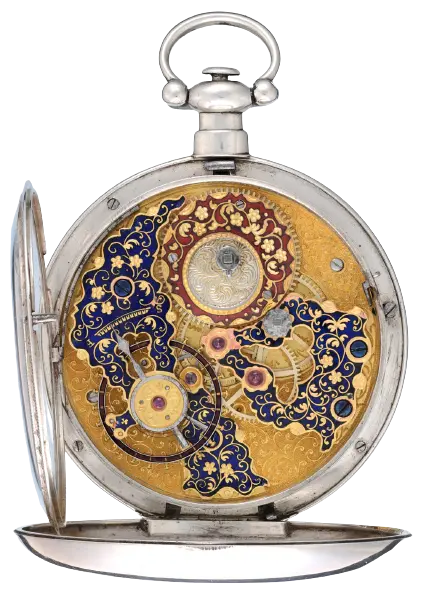
Chronometer escapement is highly accurate.
The chronometer escapement, renowned for its exceptional accuracy, is a coveted feature in pocket watches. This sophisticated escapement type utilizes a detent mechanism that allows the escape wheel to release the balance wheel only under specific conditions, ensuring precise timekeeping. The chronometer escapement’s design incorporates minimal friction and optimal energy transfer, resulting in minimal variations in timekeeping. This high level of accuracy makes it a preferred choice for those who rely on their pocket watches for precise time measurement, such as sailors and navigators. Crafted with meticulous attention to detail, the chronometer escapement exemplifies the pinnacle of horological engineering and delivers unrivaled precision.
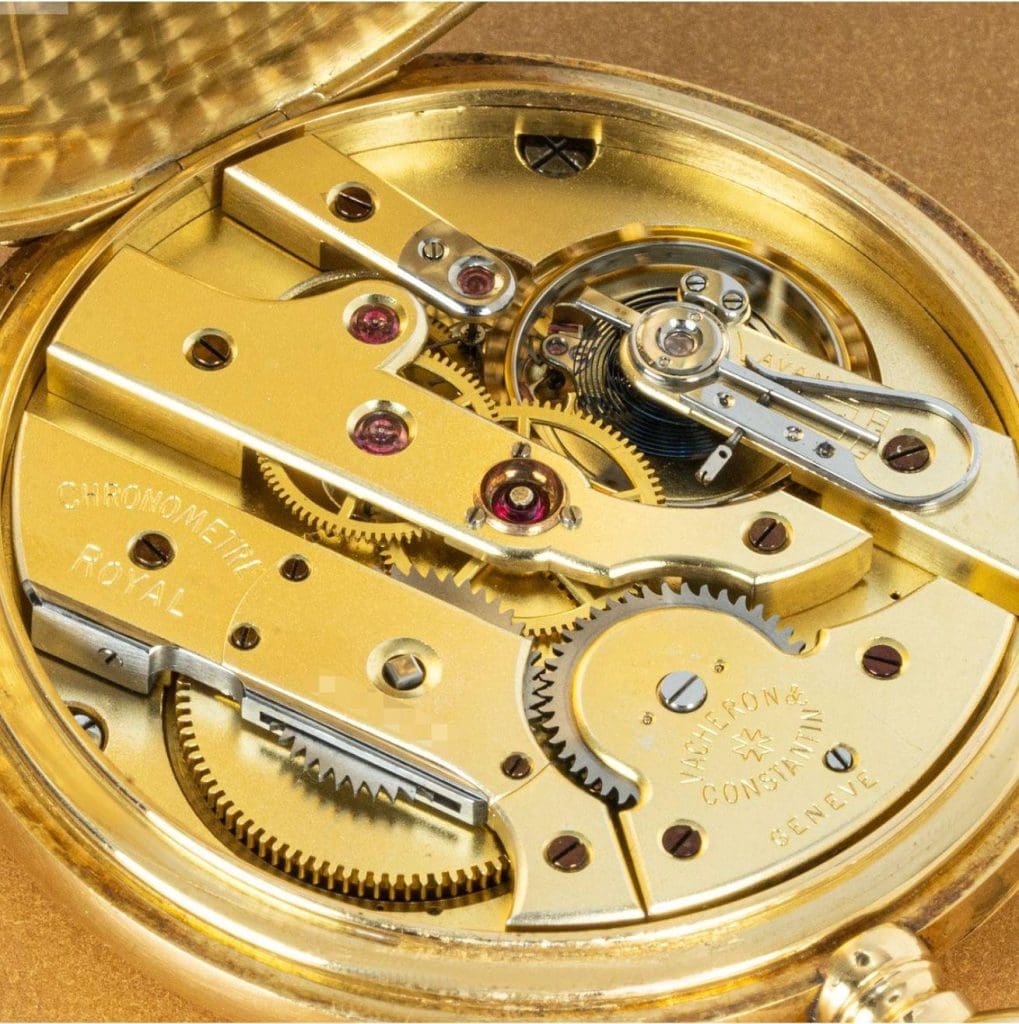
Verge escapement is historical and elegant.
The Verge escapement, an iconic and venerable type of escapement found in pocket watches, carries with it a rich historical significance and an undeniable elegance. Developed during the 14th century, the Verge escapement quickly became the standard in mechanical timekeeping devices for centuries. Its design features a pair of hinged gates that interact with teeth on the escape wheel, allowing the watch to tick forward in regular increments. While the Verge escapement may not possess the same level of precision as modern escapement types, its graceful and intricate mechanism captures the essence of traditional craftsmanship and captures the imagination of horological enthusiasts. The Verge escapement serves as a testament to the ingenuity of watchmakers of the past and remains a cherished piece of horological heritage.

Pin-pallet escapement is budget-friendly.
The Pin-pallet escapement is a practical and budget-friendly alternative to the more intricate and costly escapement types found in pocket watches. This type of escapement utilizes small pins or studs instead of traditional jewels, making it a more accessible option for watchmakers and enthusiasts. While it may not offer the same level of precision and smoothness as higher-end escapements, the Pin-pallet escapement still provides reliable timekeeping at an affordable price point. Its simplicity and durability make it an attractive choice for those seeking a reliable and cost-effective timepiece. Whether you are a collector on a budget or a watchmaker looking for a dependable escapement solution, the Pin-pallet escapement offers a practical and accessible option worth considering.

Understand the escapement type you need.
When it comes to choosing the right escapement type for your pocket watch, it is crucial to understand the specific requirements and functions you are looking for. Each escapement type has its own advantages and considerations, and understanding these differences can help you make an informed decision. For example, if you prioritize accuracy and precision, the Swiss lever escapement is often considered the gold standard. Its robust design and efficient energy transfer make it highly reliable and ideal for timekeeping. On the other hand, if you are seeking a more affordable option without compromising on functionality, the Pin-pallet escapement may be a suitable choice. It provides reliable timekeeping at a lower cost, making it accessible for both collectors and watchmakers. Additionally, the Cylinder escapement offers a simpler design and requires less maintenance, making it a practical option for those who value convenience. By understanding the escapement types and their unique characteristics, you can select the one that best aligns with your needs and preferences, ensuring a satisfying and enjoyable pocket watch experience.

In conclusion, understanding the different escapement types in pocket watches can greatly enhance one’s appreciation for these intricate timepieces. Whether it be the simplicity of the verge escapement or the precision of the lever escapement, each type has its own unique history and function. By delving into the mechanics of these escapements, one can gain a deeper understanding of the craftsmanship and innovation that goes into creating a pocket watch. So the next time you admire a pocket watch, take a moment to appreciate the escapement that allows it to tick with such precision and beauty.
FAQ
What are the main differences between a lever escapement and a cylinder escapement in pocket watches?
The main differences between a lever escapement and a cylinder escapement in pocket watches lie in their design and function. The lever escapement is more complex and precise, offering better timekeeping accuracy and shock resistance. On the other hand, the cylinder escapement is simpler and requires less maintenance, but it is generally less accurate and sensitive to shock. The lever escapement is commonly used in high-end watches due to its superior performance, while the cylinder escapement is found in more traditional or vintage timepieces.
How does a detent escapement function differently from a lever escapement in pocket watches?
In a detent escapement, the escape wheel locks and unlocks a pivoting detent, allowing the gear train to advance in small increments. This design offers greater accuracy and efficiency compared to the lever escapement commonly used in pocket watches, as it reduces friction and energy loss. Additionally, the detent escapement requires less maintenance and is less susceptible to shock, making it ideal for precision timekeeping in marine chronometers and other high-accuracy applications.
What are the advantages and disadvantages of a Swiss lever escapement compared to a duplex escapement in pocket watches?
The Swiss lever escapement offers advantages such as simplicity, efficiency, and widespread use in modern watches, while the duplex escapement provides improved accuracy and reduced friction. However, the Swiss lever escapement is more prone to damage due to its delicate components, while the duplex escapement is more complex and requires higher maintenance. Ultimately, the choice between the two escapements depends on the specific priorities of the watchmaker or wearer, balancing factors like durability, accuracy, and ease of maintenance.
How does a verge escapement differ from a lever escapement in terms of accuracy and maintenance in pocket watches?
The verge escapement is less accurate and requires more maintenance compared to the lever escapement in pocket watches. The verge escapement is more susceptible to positional errors and variations in balance wheel amplitude, resulting in decreased accuracy over time. Additionally, the verge escapement’s design is more complex and delicate, necessitating frequent cleaning and adjustments to ensure proper functioning. In contrast, the lever escapement is more robust, reliable, and easier to adjust, making it a preferred choice for modern pocket watches due to its improved accuracy and reduced maintenance requirements.
Can you explain the role of the escapement in regulating the timekeeping of a pocket watch and how different escapement types achieve this function?
The escapement is a crucial component in regulating the timekeeping of a pocket watch by controlling the release of energy from the mainspring to the gear train at regular intervals. Different escapement types, such as the lever escapement, cylinder escapement, and detent escapement, achieve this function through varying mechanisms that allow for the controlled release of energy to the gear train while ensuring accurate timekeeping. Each type of escapement has its own unique design and characteristics that contribute to the overall precision and reliability of the pocket watch.

